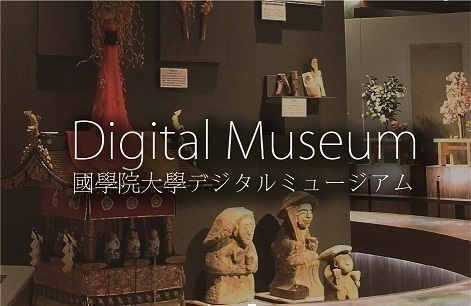- トップ
- Encyclopedia of Shinto
- Hinukan
Encyclopedia of Shinto
| Main Menu: | |
| Links: |
詳細表示 (Complete Article)
| カテゴリー1: | 5. Rites and Festivals |
|---|---|
| カテゴリー2: | Rituals in Okinawa and Amami |
| Title | Hinukan |
| Text | "Fire deity." A folk belief spread throughout Amami and Okinawa. the original objects of worship as suggested by the variant name umichimon (lit., "honored three things") were three fieldstones, which were used to create a hearth in its primordial form; the stones were regarded as "hosts" (yorimashi) for the fire deity. With changes over the years in cooking technology, this type of hearth has disappeared. Today, many people instead place a ceramic censer (okōro) in one corner of their kitchen and worship that as a symbol of the kami of fire (hinokami, or hinukan in the Ryūkyū language). The kami of fire is regarded as a protector of the household, and the senior female member of the family holds the role of celebrant. Worshipping the kami of fire in every household this way is very old and predates celebrations at household Buddhist altars, which are the main objects of worship at homes in Japan today. The practice even predates the honoring of ancestral spirits (sorei) at home. The ashes in the censer are changed when the woman who performs the household ritual dies. Ritualists known as niigan or noro each pick out a specific kami of fire to venerate. The household kami coexist with the public forms of the deities, and hinukan in the three-stone form are also venerated at the Okinawan sites of worship known as uganju. Fire deity veneration can also be understood as a way of worshipping the "other world" (Nirai-kanai) from afar. — Saitō Michiko |




